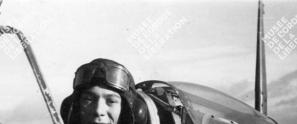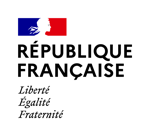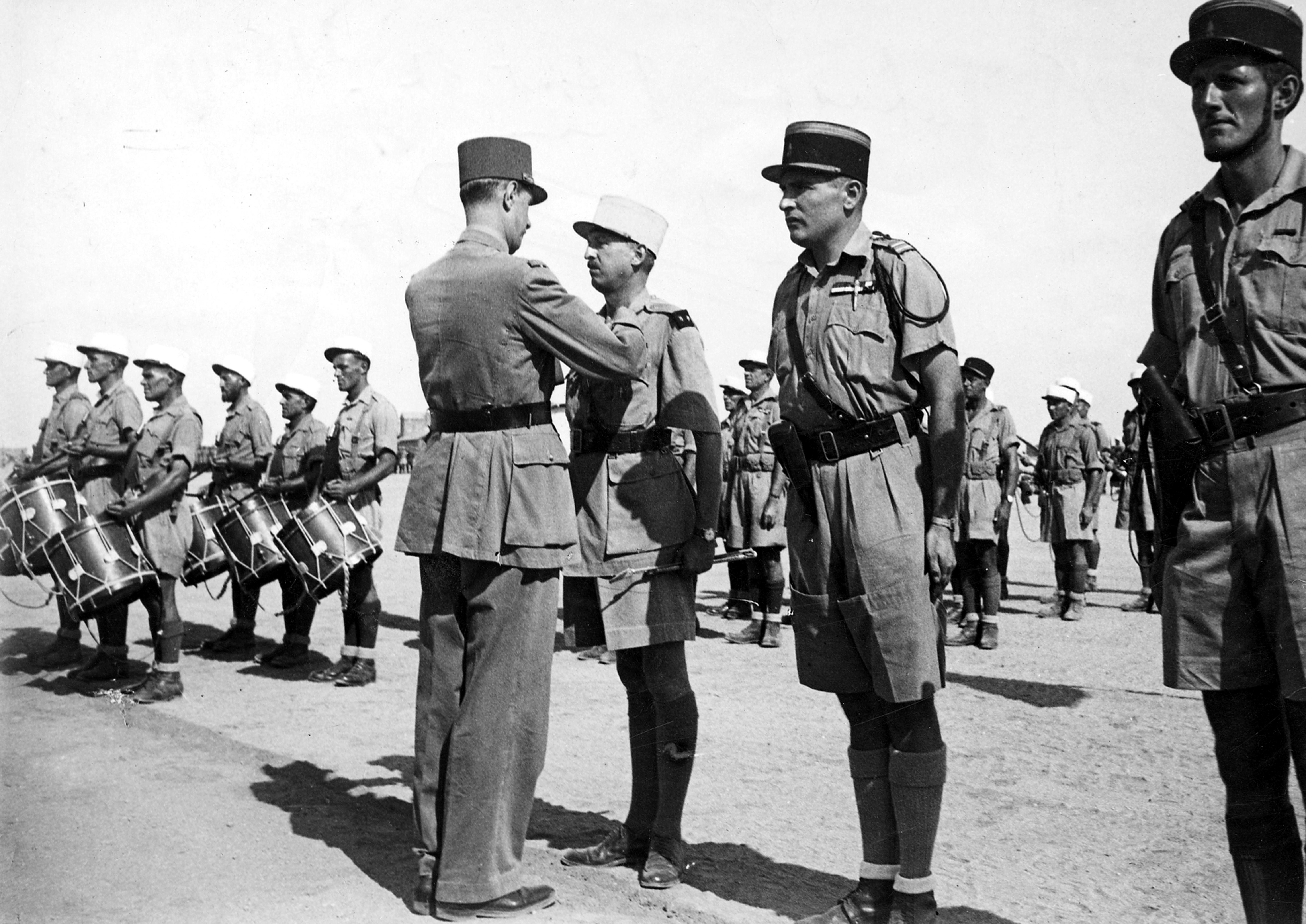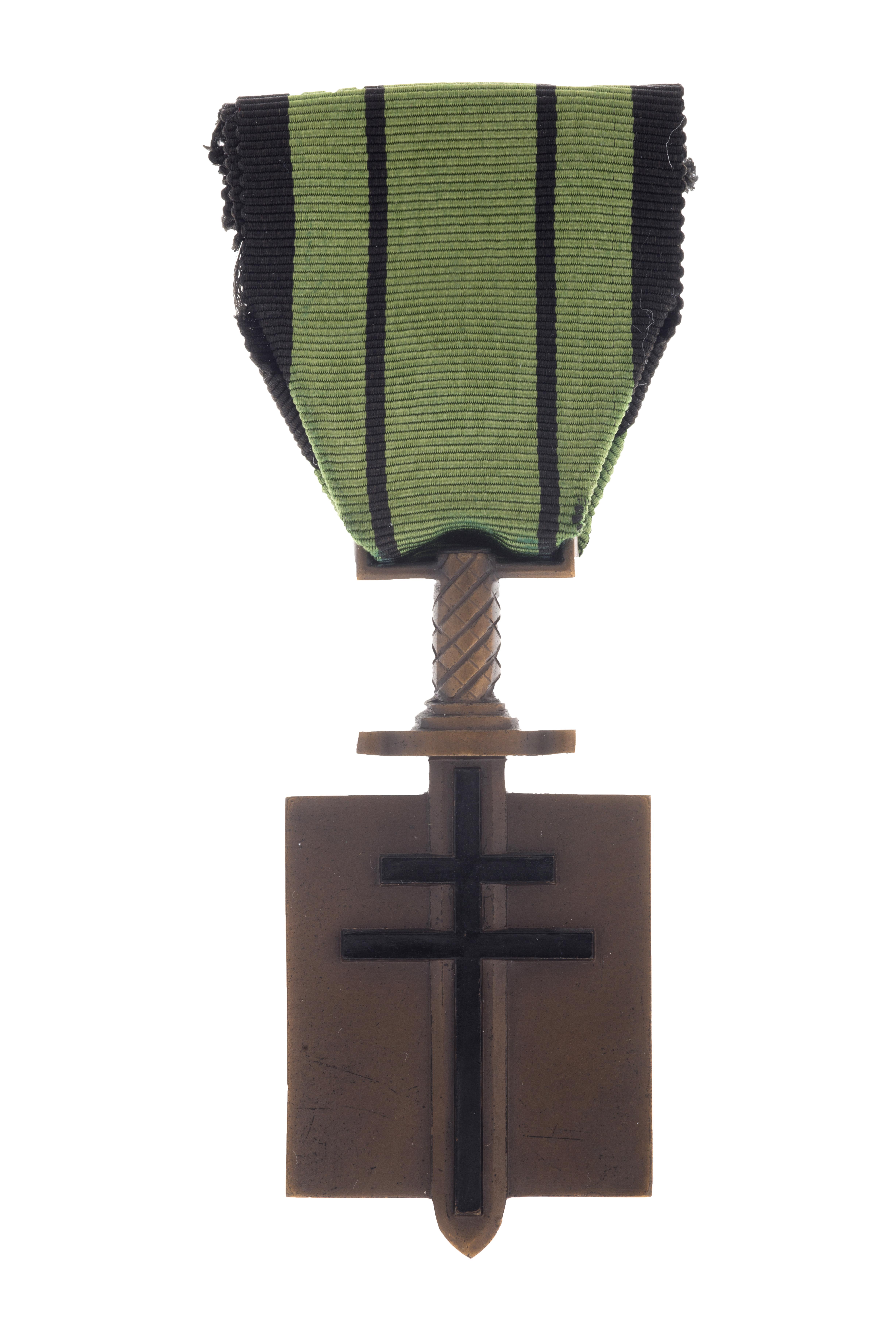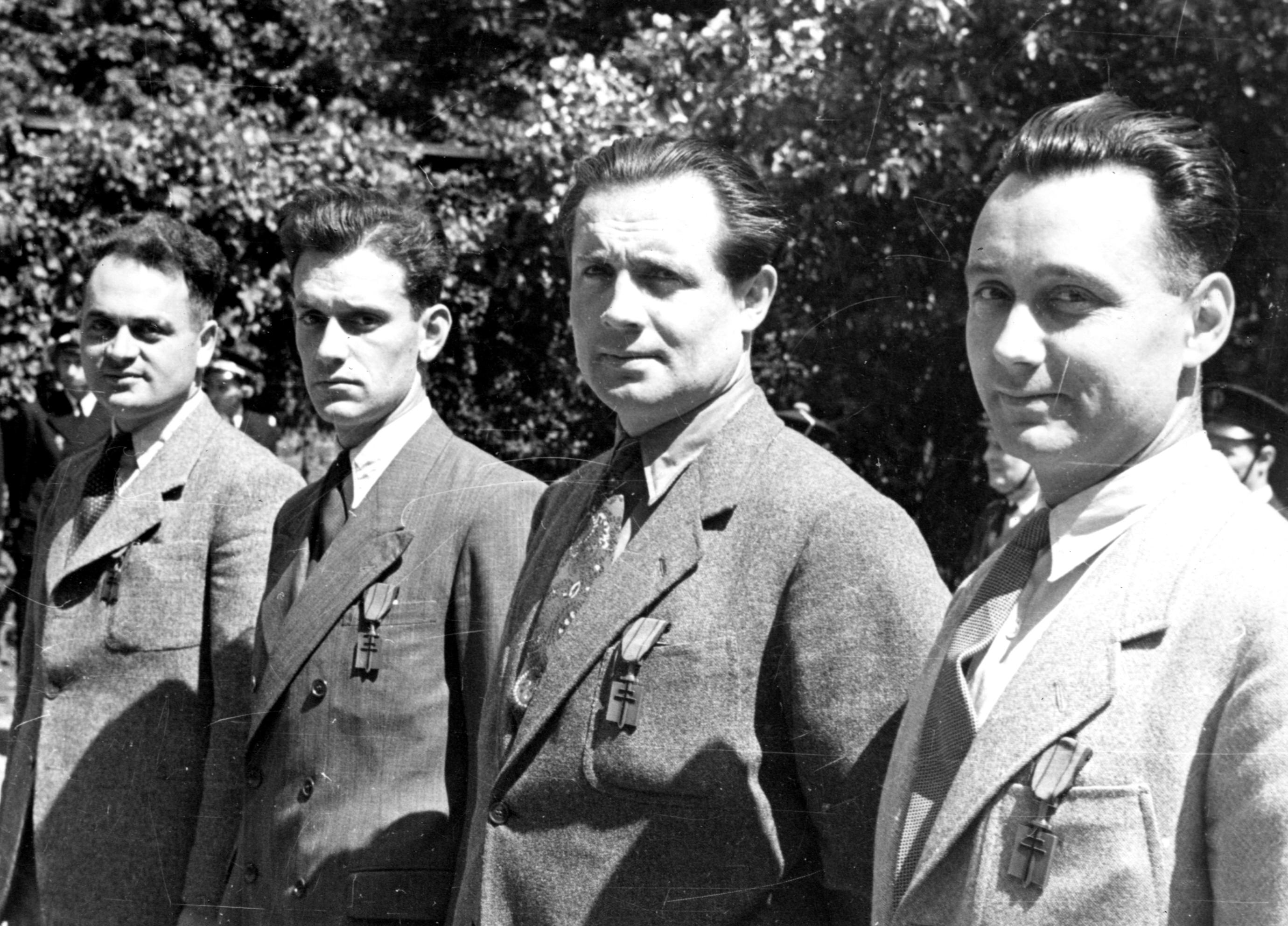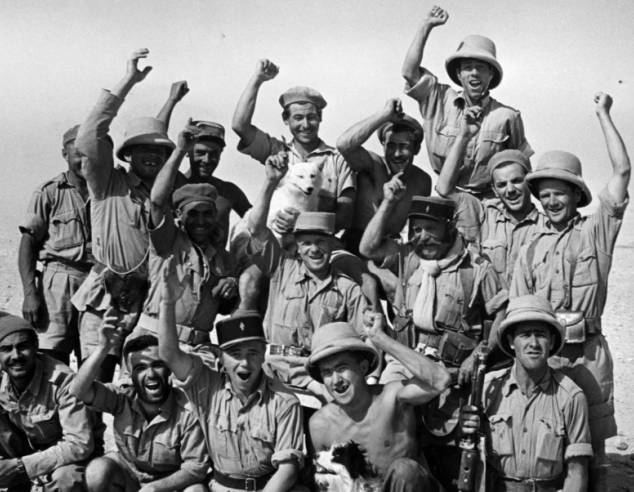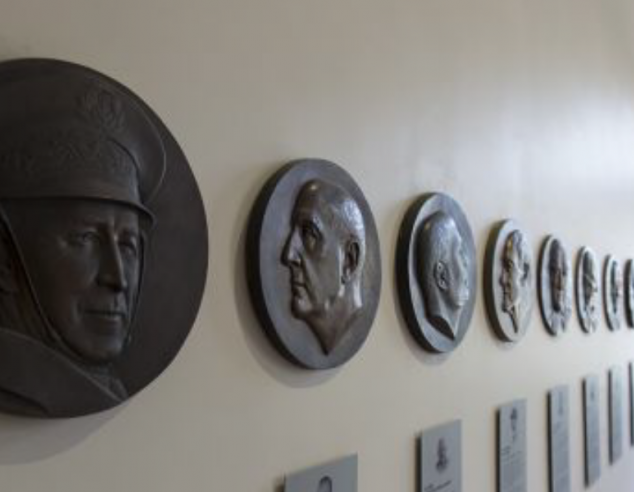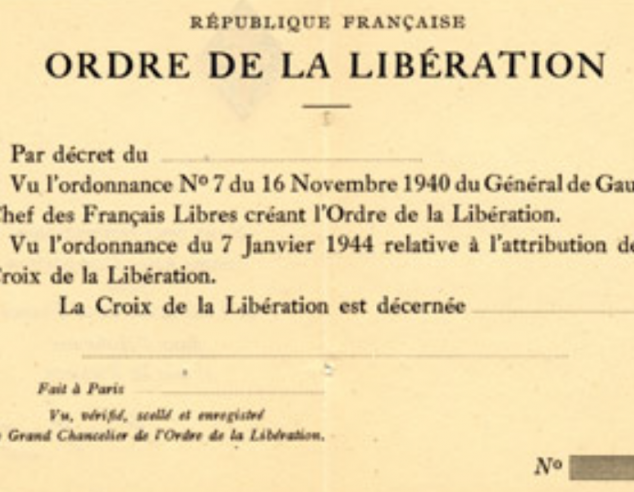The cross of liberation
The insignia of the Order of Liberation is the Cross of Liberation. It was designed in early 1941 by Lieutenant of the Free French Forces Tony Mella and the model produced by the London branch of the jeweller Cartier according to some recommendations from General de Gaulle himself.
Presentation of the Cross of Liberation
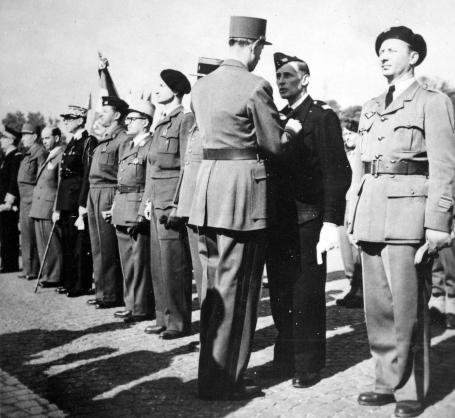
The Cross of Liberation is generally presented to recipients during a military parade.
Troops “present arms”, and the order to open proceedings is given. General de Gaulle – or the designated member of the Order – acknowledges the recipient using their rank and surname and presents them with the insignia while stating the phrase in French meaning: “We acknowledge you as our Companion for the Liberation of France in honour and victory”.
Insigna
Its characteristics are set out in the Decree of 29 January 1941, which regulates the organisation of the Order. The cross is very simple. It is a rectangular polished bronze escutcheon measuring 33 mm in height and 30 mm in width, bearing a double-edged sword 60 mm in height and 7 mm in width, extending beyond it above and below and overlain with a black Lorraine cross.
As the Order of Liberation has only a single rank, there is only one type of Cross of Liberation, although there have been models that differ slightly. The cross is worn on the left breast, just after the Legion of Honour and before the Military Medal. The first crosses were manufactured by John Pinches of London, whose stock was purchased in 1944 by the Paris Mint.
Symbolism
Symbols of battle (the sword) and Free France (Lorraine cross) can be found on the Cross of Liberation. The colours of the ribbon were chosen by General de Gaulle to express France's bereavement (black) and the hope of victory (green). It is interesting to note that the green dominates. There were two models of ribbon. The first had black diagonal stripes, in the English style, which was issued until August-September 1942. This was replaced by the definitive ribbon, which has vertical stripes.
The reverse of the escutcheon bears the Order's motto: “PATRIAM SERVANDO – VICTORIAM TULIT” (“By serving the Country, he brought Victory”).
La symbolique
On retrouve sur la croix de la Libération les insignes du combat (le glaive) et de la France libre (croix de Lorraine). Les couleurs du ruban ont été choisies par le général de Gaulle pour exprimer le deuil de la France (noir) et l’espérance de la Victoire (vert). On note d’ailleurs que le vert est prédominant.
Au revers de l'écu, est inscrite en exergue la devise de l’Ordre : « PATRIAM SERVANDO - VICTORIAM TULIT » (« En servant la Patrie, il a remporté la Victoire »).
Carte d’identité de Compagnon de la Libération
Créée en 1949 par la société d’entraide des Compagnons de la Libération, la carte d’identité de Compagnon est le premier document officiel que tous les Compagnons purent posséder pour justifier de leur statut de Compagnon de la Libération.
Fait unique pour un ordre de chevalerie, cette carte servait non seulement à prouver sa qualité de Compagnon, mais également de carte nationale d’identité.
Présentant deux modèles, elle fut attribuée aux Compagnons vivants, morts pour la France ou décédés. Elle fut également décernée aux communes et aux unités militaires Compagnon de la Libération.
Ainsi, 1 061 cartes ont été fabriquées et signées par le grand chancelier de l’Ordre, l’amiral d’Argenlieu.
Carte nationale d'identité particulière des Compagnons de la Libération
Délivrée à partir de 1956, la carte nationale d’identité officielle particulière est créée pour les Compagnons de la Libération. D’abord en papier, elle se modernise au même rythme que celle délivrée à tous les citoyens français et devient la carte nationale d’identité en plastique que nous détenons actuellement. Cependant, ces cartes particulières pour les Compagnons présentent des différences notables, en particulier un bandeau bleu-blanc-rouge servant de « coupe-file »…
Pour en savoir plus
Les brevets de l’Ordre de la Libération
Dans les textes qui régissent l’Ordre de la Libération, comme dans ceux qui traitent de l’insigne, il n’est jamais fait état d’un brevet attestant du droit de port de la croix de la Libération.
Cependant, un brevet a bien été attribué entre 1943 et 1947 (deux modèles), puis en 1965 et 1966. Ce dernier, qualifié de brevet définitif, a été attribué à tous les Compagnons, comme aux familles de Compagnons.



